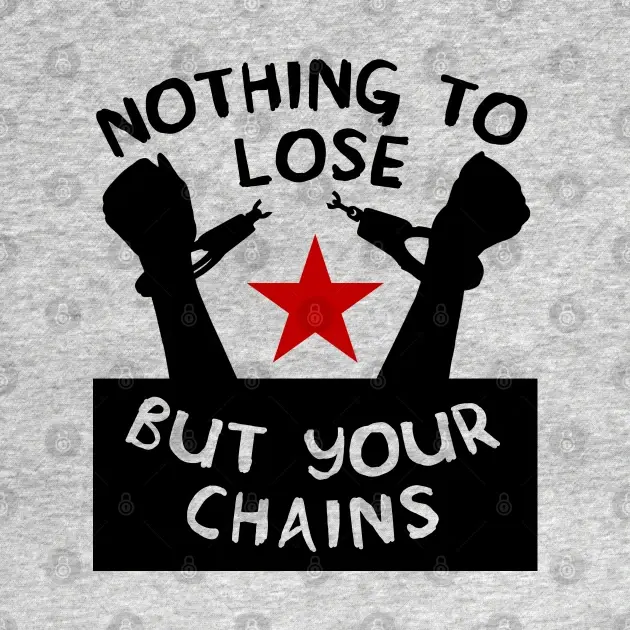Changes they wanted:
Australia was increasingly isolated in opposition to the Indigenous right of self-determination at the time, fearing it may encompass secession, the records show. It wanted the term deleted and replaced with “self-management.”
Canada accepted the term self-determination, conditional on it being expressed through negotiation and “agreement with government.”
The governments jointly proposed deleting references to demilitarization, restitution of land, armed conflict and cultural genocide, while adding language affirming the territorial and political integrity of sovereign states, ultimately yielding mixed results.
A line affirming states’ political and territorial integrity was eventually added, for instance.
But an article banning the forcible removal of Indigenous peoples from their lands — which the governments wanted changed because, in Australia’s view, “there are circumstances where removal is legitimate (eg. for child welfare purposes)” — was left unchanged.
Why?
At the time, the Indigenous caucus had an absolute “no changes” stance, Deer said. Australia hoped the substitute would compel “moderate” factions to break ranks with “hardline” leaders, the records show.
Australia saw promise in a 1999 Canadian proposal to develop “states-only” text on certain “easier” articles.
“Divisions are beginning to appear in the Indigenous caucus between hardline adherents to the original [declaration] and those Indigenous representatives who are prepared to contemplate negotiated compromises,” the 2002 memo says.
Amid such pressures, some Indigenous leaders did begin proposing amendments, opening the gates for negotiation, said Deer. Post-2003, the original was overhauled — talks Deer recalled as horrible — though it wasn’t totally gutted like Canada and Australia wanted.
Canada, Australia, New Zealand and the U.S. were the only four countries to vote against the declaration in 2007 when it was adopted by the UN.
The lesson?
Never fucking compromise.

